Lung Spams Biography
(Source google.com)
This article includes a list of references, related reading
or external links, but its sources remain unclear because it lacksinline
citations. Please improve this article by introducing more precise
citations. "Laryngospasms"
redirects here. For the parody group, see The Laryngospasms. In medicine,
laryngospasm is an uncontrolled/involuntary muscular contraction (spasm) of the
laryngeal cords. The condition typically lasts less than 60 seconds, and causes
a partial blocking of breathing in, while breathing out remains easier. It may
be triggered when the vocal cords or the area of the trachea below the cords
detects the entry of water, mucus, blood, or other substance.
It is characterized by stridor and/or retractions. Some
people suffer from frequent laryngospasms, whether awake or asleep. In an ear,
nose and throat practice, it is typically seen in people who have silent reflux
disease. It is also a well known, infrequent, but seriousperioperative
complication. In some individuals this can occur spontaneously or as a result
of reflux or impaired swallowing. GERD is a common cause of spontaneous
laryngospasm. Treating GERD can lessen the frequency of spasms. The onset of
spasms may be caused by a viral infection. It is also a complication associated
with anesthesia. The spasm can happen often without any provocation, but tends
to occur aftertracheal extubation. In children, the condition can be
particularly deadly, leading to cardiac arrest within 30–45 seconds, and is a
possible cause of death associated with the induction of general anesthesia in
the pediatric population. Minor laryngospasm will generally resolve
spontaneously. Laryngospasm in the operating room is treated by hyperextending
the patient's neck and administering assisted ventilation with 100%oxygen. In
more severe cases it may require the administration of an intravenous muscle
relaxant, such as Succinylcholine, andreintubation.
In ear, nose and throat practices, it is treated by
examining the patient in the office and reassuring the patient that
laryngospasm resolves. Sometimes reflux medication is used to reduce the
acidity in the stomach. Spontaneous laryngospasm can awake or asleep. In an ear, nose and throat practice, it is typically seen in people who have silent reflux disease. It is also a well known, infrequent, but seriousperioperative complication. In some individuals this can occur spontaneously or as a result of reflux or impaired swallowing. GERD is a common cause of spontaneous laryngospasm. Treating GERD can lessen the frequency of spasms. The onset of spasms may be caused by a viral infection. It is also a complication associated with anesthesia. The spasm can happen often without any provocation, but tends to occur aftertracheal extubation. In children, the condition can be particularly deadly, leading to cardiac arrest within 30–45 seconds, and is a possible cause of death associated with the induction of general anesthesia in the pediatric population. Minor laryngospasm will generally resolve spontaneously. Laryngospasm in the operating room is treated by hyperextending the patient's neck and administering be treated by staying calm
and breathing slowly, instead of gasping for air. Drinking water to wash away
any irritants that may be the cause of the spasm can also help greatly. Patients who are prone to laryngospasm during illness can
take measures to prevent irritation such as antacids to avoid acid reflux, and
constantly drinking water or tea keep the area clear of irritants. Additionally,
laryngospasms can result from hypocalcemia, causing muscle spasms and/or
tetany. Na+ channels remain open even if there is very little increase in the
membrane potential. This affects the small muscles of the vocal cords.




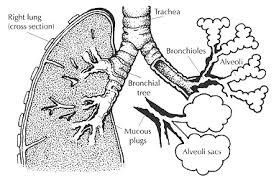

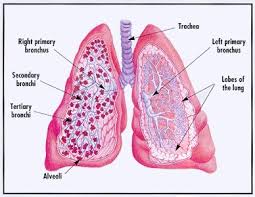
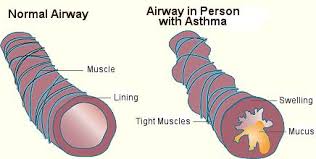
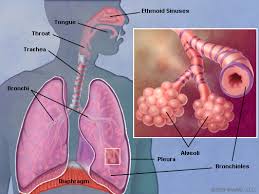

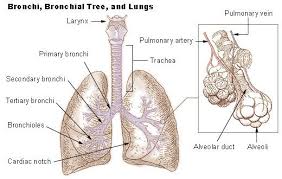
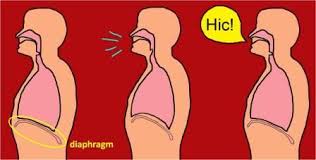


No comments:
Post a Comment